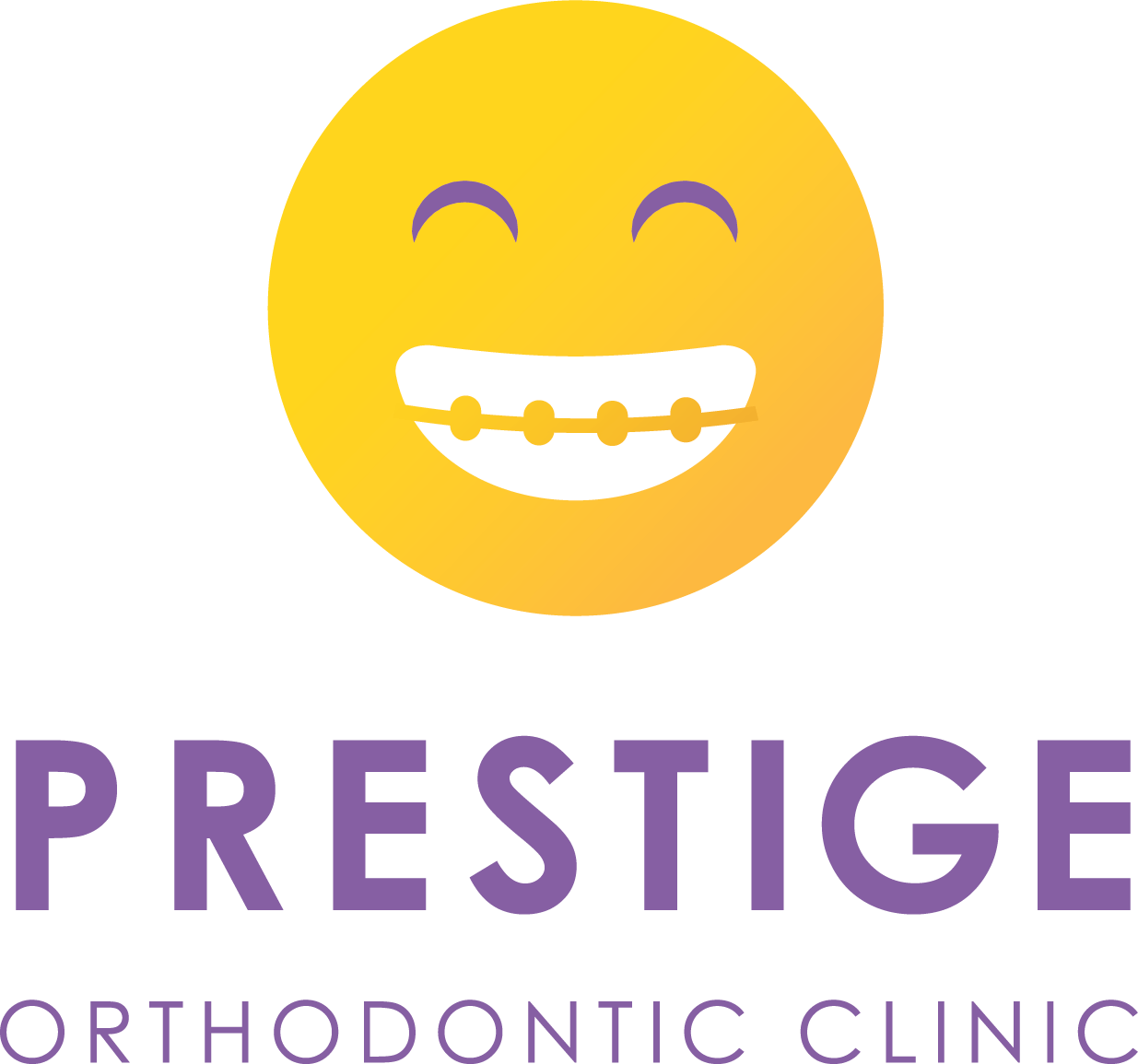Am I Too Young for Braces?
All children should have an Orthodontic Evaluation at age seven!
Though an orthodontist can enhance a smile at any age, there is an optimal time period to begin treatment. Depending on each individual, this time varies from 7 to around 13 years of age. The American Association of Orthodontists recommends children undergo an Orthodontic screening no later than age 7. By then, enough of the permanent teeth have emerged that it is possible to identify potential problems early. Waiting for all the permanent teeth to erupt in the mouth before the first evaluation is not advisable!
Why is age 7 considered the optimal time for screening?
By the age of 7 the first adult molars usually erupt, establishing the back bite. During this time an Orthodontist can evaluate front-to-back and side-to-side tooth relationships. For example, the presence of erupting incisors can indicate possible overbite, open bite, or gummy smiles.Early evaluation allows greater opportunity for effective treatment, and can lower total treatment cost and complexity...
What are the benefits of early orthodontic evaluation?
Early evaluation allows timely detection of problems and greater opportunity for effective treatment. It can also lower total treatment cost and complexity. Early intervention can guide growth and prevent serious problems from occurring or worsening.When orthodontic intervention is not necessary, Dr. Chay will carefully monitor growth and development and begin treatment at the ideal time. Timely screening increases the chances for the most successful treatment and an incredible smile.
If your child is not ready for treatment at this time... we will periodically monitor their growth and development.
When should Orthodontic treatment start?
After the Orthodontic evaluation, if certain conditions are detected, your child may be recommended for early treatment (Phase One) that include:Dental Discrepancy
Crossbite (also called underbite)
Diastema or Gap (large space between two front teeth)
Deepbite
Jaw Discrepancy
Benefits of Early Treatment (Phase One)
Regulate the width of the upper and lower dental arches
Reduce the need for surgery to correct jaw discrepancy
Reduces overall treatment cost
Gain space for permanent teeth
Reduce the need for permanent tooth extractions
Reduce the likelihood of impacted permanent teeth
Correct thumb-sucking, and regulate abnormal swallowing or speech problems
Simplify late treatment
Improve the child’s self image during formative years
Two-Phase (Early) Orthodontic Treatment
Sometimes for children with dental discrepancy, a second phase of treatment may be required later when all the permanent teeth have erupted. For a child with jaw discrepancy, he or she will definitely require second phase of treatment later.Phase One: Your Foundation For a Lifetime Of Beautiful Teeth.
For children with dental discrepancy, a simple removable or fixed brace appliance is installed to eliminate the problem.For children with jaw discrepancy, a Functional Appliance (eg. Twin Blocks) can be used to alter the growth of a lagging lower jaw or a Reverse Headgear to encourage the growth of the upper jaw. Such treatment is best done at an early age to maximize a patient’s orthopedic potential. Once the child reached the end of his/her puberty, this will not be possible and the only option will be surgery.
The goal of first phase treatment is to develop the jaw size in order to accommodate all the permanent teeth and to coordinate the upper and lower jaws to each other.
At the end of the first phase of treatment, teeth are not in their final positions. This will be determined and accomplished in the second phase of treatment.
Phase Two : Stay Healthy and Look Attractive
For children with dental discrepancy, the remaining permanent teeth are allowed to erupt. Retainers may be recommended since they help prevent relapse to the prior condition and guide eruption of the remaining permanent teeth. Therefore, periodic recall appointments for observation are necessary, usually on a six-month basis. In the event, there is crowding of teeth, the second phase will be necessary to make sure each tooth has an exact location in the mouth where it is in harmony with the lips, cheeks, tongue, and other teeth.For children with jaw discrepancy, Phase Two treatment will also involve application of braces of both the upper and lower teeth to establish a functional bite.
When this equilibrium is established the result is a beautiful smile and teeth that function properly.
